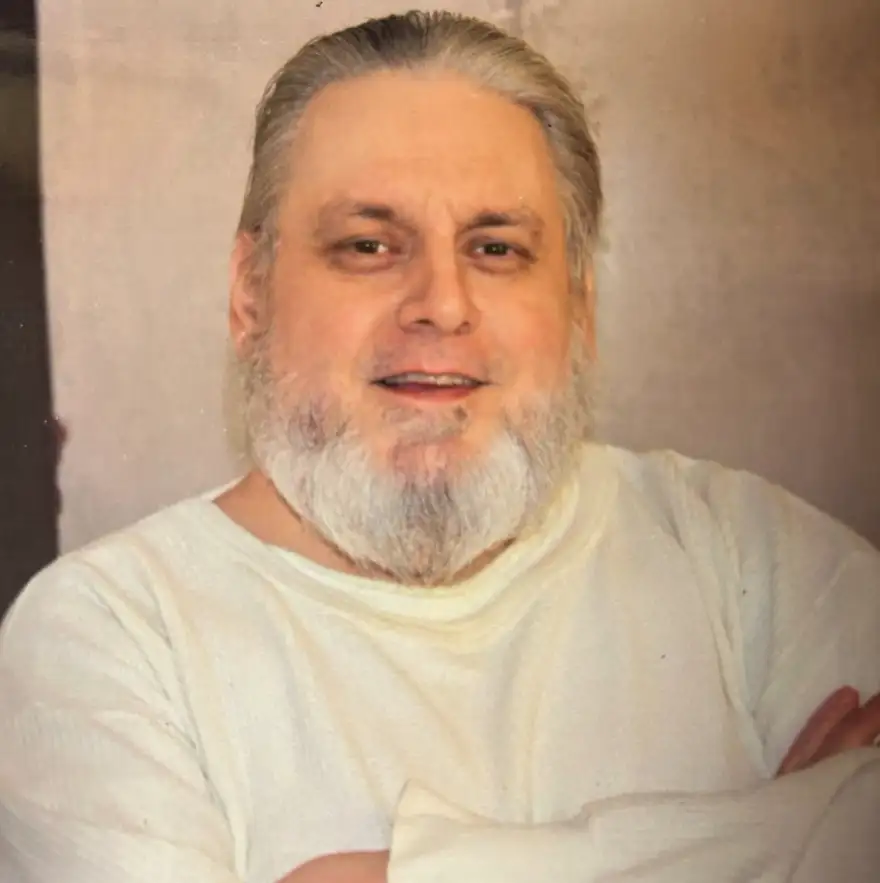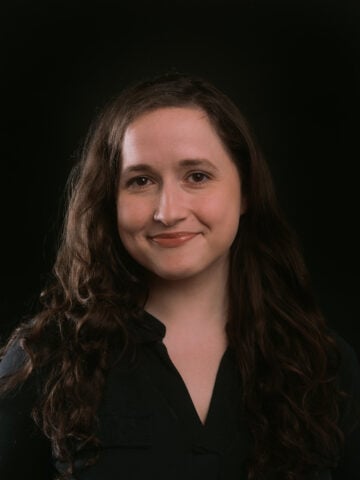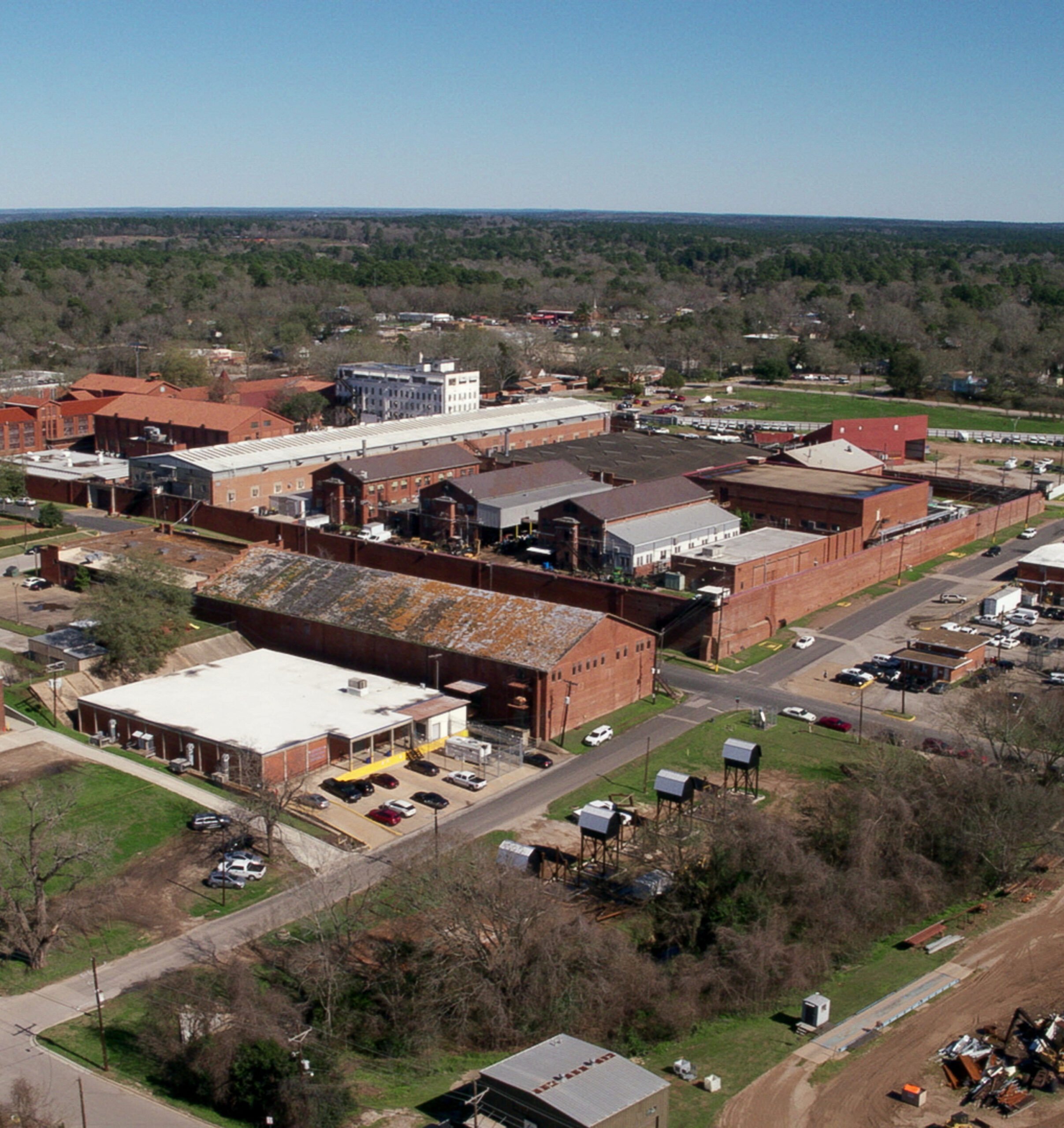
Amarillo Man to Be Executed Based Largely on One Discredited ‘Expert’ Witness
Brent Brewer was convicted of the 1990 murder of Robert Laminack.

UPDATE, 11/7/34, 4:13 p.m.: The Texas Court of Criminal Appeals declined Tuesday to consider Brewer’s challenge regarding the state’s discredited “expert” witness on future dangerousness. The same day, the Texas Board of Pardons and Paroles voted unanimously not to stay or postpone Brewer’s execution. His lawyers have asked the U.S. Supreme Court to stay the execution on the basis of the junk science used to convict Brewer in 2009.
The State of Texas’ expert witness, Dr. Richard Coons, testified under oath that Brent Brewer, who was on trial for murder, had no conscience. He was the final witness for the prosecution in the 2009 retrial, and he asserted that Brewer would pose a future danger if given life in prison—a critical distinction Texas jurors must make when the death penalty is on the table. His testimony proved damning: The jury sentenced Brewer to death.
But, according to court filings, the psychiatrist had never spoken to Brewer, never examined him. He’d never even laid eyes on the defendant until he testified in his first capital trial. (Brewer’s initial death sentence was thrown out by the U.S. Supreme Court in 2007, but a second jury sentenced him to death in 2009.) Now, as Brewer’s November 9 execution date looms, his lawyers are pleading with the state’s highest appeals court to stay his execution in order to consider how damaging Coons’ “unscientific” testimony was.
“The State has no legitimate interest in the execution of someone whose death sentence is predicated on scientifically unreliable and inadmissible expert testimony,” reads the motion for a stay of execution.
On November 1, Brewer’s lawyers filed two simultaneous motions with the Texas Court of Criminal Appeals (CCA), the highest body in the state for criminal cases. One asks the court to reconsider Coons’ testimony in light of what happened in the years following the trial. In 2010, just a year after he testified in Brewer’s trial, the Texas Court of Criminal Appeals found Coons’ methods of determining future dangerousness to be scientifically unreliable.
“We know that future dangerousness is grossly unreliable and should never be used as a basis to put somebody to death.”
Texas’ reliance on the idea of “future dangerousness” when determining death sentences is controversial. Jurors are asked to speculate, with the guidance of “experts” like Coons, whether the person is likely to commit future violent acts in prison—and thus, whether they’re a “continuing threat to society.” Experts have argued that this question opens up the possibility for racist prejudice and other biases in jurors.
“We know that future dangerousness is grossly unreliable and should never be used as a basis to put somebody to death,” said Chris Fabricant, director of strategic litigation with the Innocence Project and author of the book Junk Science and the American Criminal Justice System.
In 1991, Brewer was on trial for the murder of Robert Laminack. On April 26, 1990, Brewer and his girlfriend Kristie Nystrom, both having recently left treatment for drug and alcohol addiction, asked Laminack for a ride to the Salvation Army. Once in the car, according to court documents, Brewer demanded Laminack’s wallet and keys and stabbed him in the neck. Laminack handed the items over, but he eventually bled to death.
During the initial trial, Coons predicted that Brewer would be violent in prison and that he was likely to join a gang. He took the stand again at Brewer’s retrial and doubled down, despite the fact that Brewer had no violent incidents on his record while in the custody of the Texas Department of Criminal Justice, according to the clemency petition.
On cross-examination, Coons told jurors that he hadn’t personally examined Brewer. He also told the court he didn’t have any data to back up his methodology’s accuracy. He said Brewer’s clean institutional record didn’t matter, as he claimed a lot of violence in prison goes unreported.
“His testimony was unreliable,” said Shawn Nolan, one of Brewer’s attorneys. “It’s not based on science. It’s just completely unreliable. And it shouldn’t have been heard by the courts.”
Brewer’s team has previously raised the issue of Coons’ bad testimony in appeals, but the CCA refused to consider it, saying Brewer’s defense didn’t properly object to his testimony in the trial. In their most recent filing with the CCA, Brewer’s attorneys argue his attorneys did properly object during the original trial. They point to decisions the court has made since then that would support its taking up the issue now. The motion also emphasizes the State of Texas’ own admission that Coons’ testimony was shoddy.
In a 2011 brief to the CCA, lawyers for the State of Texas wrote, “The State concedes that … [if appropriate objections had been made at trial] the trial judge would have abused his discretion by admitting Dr. Coons’ testimony into evidence at the new sentencing trial.”
“I cried when the verdict was read and the whole way home.”
This fight against the reliance on an unscientific expert witness is one of several moving pieces in Brewer’s case. Brewer’s lawyers also have asked for the death warrant to be recalled because it was unsealed when it was issued, counter to state law. This request is still pending with the CCA.
After the U.S. Supreme Court declined to hear the case on October 30, his lawyers filed a clemency application with Governor Greg Abbott and the Texas Board of Pardons and Paroles. The application refers to Coons as one of “the most discredited and notorious forensic experts in Texas” and points out that his prediction that Brewer would be violent in prison has now been proven “demonstrably wrong.” It also brings up another argument for clemency: One of the original jurors only voted for the death penalty because she misunderstood the state’s jury instructions.
In Texas, jurors are told they must unanimously agree that a defendant will pose a future danger. They’re also told that they can only determine someone won’t be a future danger if 10 of the jurors agree. This led Michele Douglas to believe there was no point in being a single holdout against future dangerousness. But what jurors weren’t told: If even one juror disagrees with the death sentence, the court must impose a life sentence instead.
In a signed affidavit, Douglas stated that she and another juror did not support a death sentence, but they both “thought ten votes were needed in order to sentence Brent to life instead of death.” In the years since the verdict, having learned that her vote could have spared his life, she’s developed a friendship with Brewer. She wrote to him in custody to apologize.
“I cried when the verdict was read and the whole way home,” she wrote.
The clemency application ends with an appeal that the Board of Pardons and Paroles has seen before this year. Brewer—like Will Speer, whose execution was stayed last month—is part of the new faith-based program on death row. He joined the 18-month program in September 2022, but he may be executed long before he can graduate.



